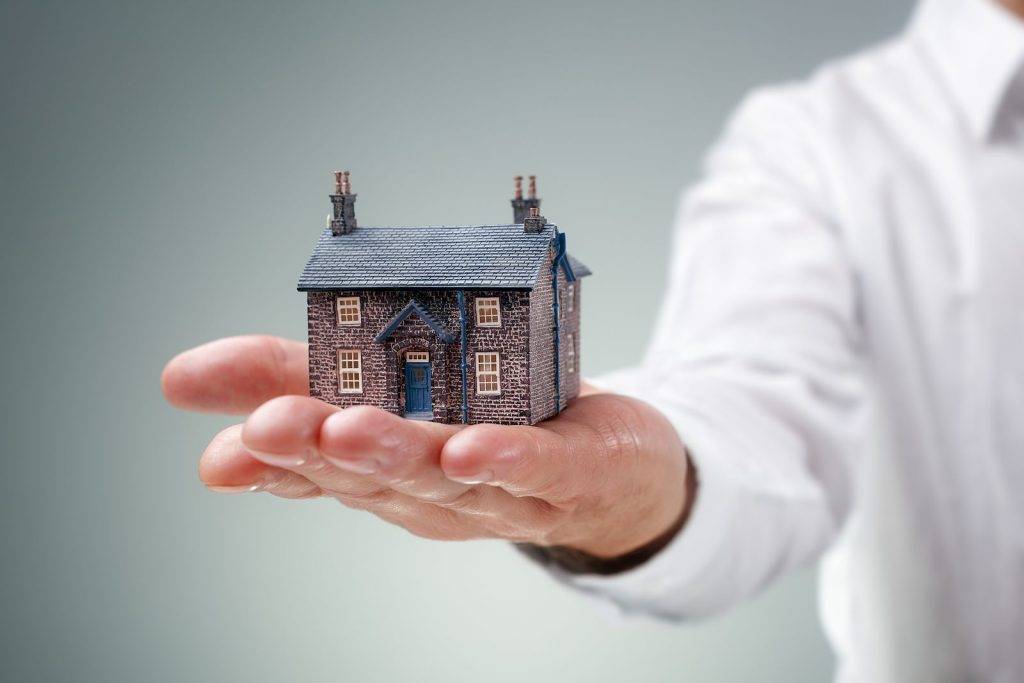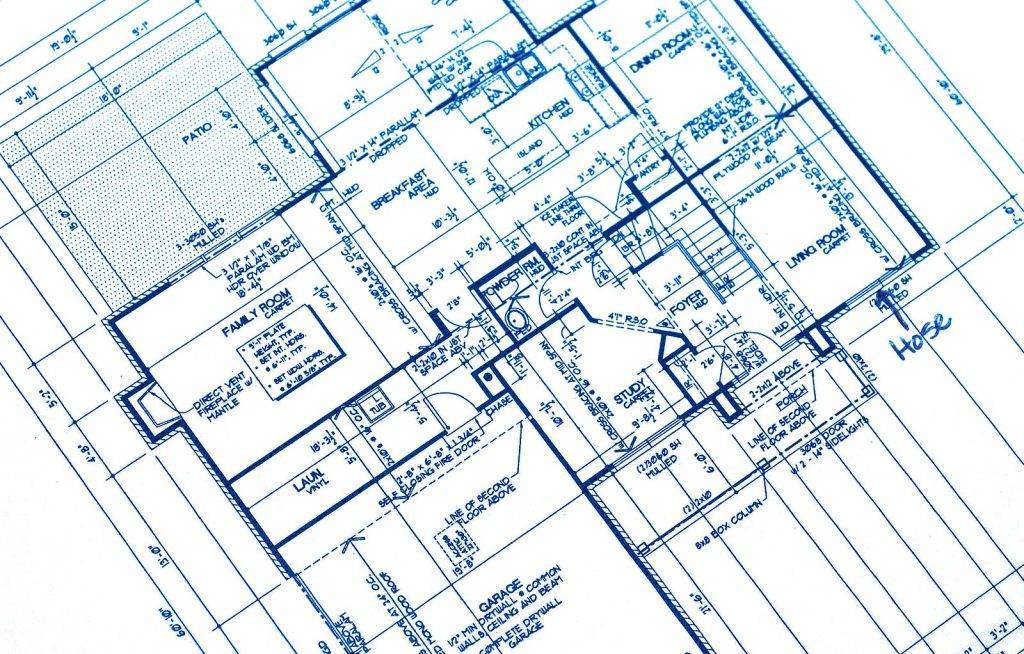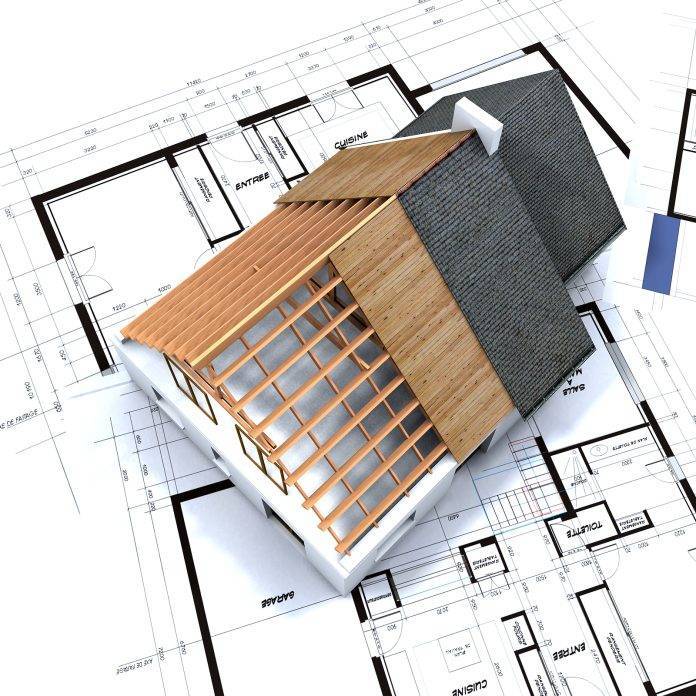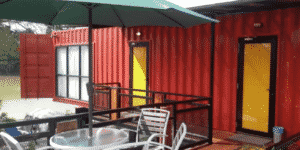Housing development is a complex and ever-evolving industry that addresses key issues like affordability, sustainability, and accessibility. Innovators in this sector are constantly exploring new ways to build smarter, more efficient, eco-friendly homes. From concrete solutions to smart homes and social housing to modular development, there are limitless possibilities for shaping the future of housing as we know it. In this blog, Marco Bitran will share seven innovative trends and sustainable solutions that will transform housing development in the future.
The Future of Housing Development: Marco Bitran Shares Innovative Trends and Sustainable Solutions
Modular Construction – A Growing Trend
Modular construction, also known as prefabricated or off-site construction, is a growing trend that will change how we build homes. This technique involves assembling the components of a home in a factory and then delivering and installing them on-site. This allows for faster construction times, lower costs, and higher energy and resource consumption efficiency. Modular construction is also more sustainable, reducing waste and carbon emissions generated in the building process.

On the other hand, modular homes are highly customizable and can be tailored to meet each homeowner’s specific needs. They also offer a higher level of quality control as they are built in controlled factory environments with strict standards.
Sustainable Materials – The Future of Construction
Building with sustainable materials, such as bamboo, recycled plastic, and hempcrete, is becoming increasingly popular in the housing industry. Traditionally, home construction has relied heavily on energy-intensive and carbon-emitting materials like concrete and steel, which have significant environmental impacts. Using sustainable materials can reduce our carbon footprint, make homes more eco-friendly, and create healthier living environments.
For example, bamboo is a fast-growing and renewable resource that can be used as a substitute for traditional building materials like wood. It is stronger than steel and has a higher tensile strength than concrete, making it an ideal construction material. Recycled plastic can also be transformed into durable building materials, such as bricks and insulation, reducing plastic waste in landfills. Hempcrete is another sustainable alternative made from a mixture of hemp, lime, and water and has excellent insulation properties.
Passive House Design – Transforming Energy Efficiency
A Passive House design is an energy-efficient building that reduces the need for heating, cooling, and ventilation systems. Using insulation, solar gain, and air-tight construction, a Passive House can use up to 90% less energy than a standard home. Passive House design is a growing trend in sustainable housing development and has been recognized as an effective means to achieve carbon neutrality.

Another benefit of Passive House design is its focus on indoor air quality and comfort. With proper ventilation and insulation, these homes can maintain consistent temperatures without relying on mechanical systems, creating a healthier and more comfortable living environment for residents.
Smart Homes – The Future of Living
Smart homes, or homes that are connected to the internet and have integrated technology, are becoming increasingly popular. From controlling lighting, temperature, and security to monitoring energy and water usage, smart homes can make our lives easier and more efficient.
They can also help reduce our energy consumption and carbon footprint, as we can optimize our resource usage based on our needs. Smart homes can also increase accessibility for people with disabilities or limited mobility, allowing them to have greater control and independence in their living space.
Social Housing – Addressing Affordability
Social housing involves the construction of affordable homes for low-income families and individuals. This trend is growing in cities, where housing prices are skyrocketing, and many people struggle to find affordable options. Social housing can help address affordability issues while also creating healthier and more livable communities.
One way to achieve social housing is through inclusionary zoning, which requires developers to include a certain percentage of affordable units in new developments. This helps create diverse and inclusive neighborhoods while providing much-needed affordable housing options.
Co-Housing – Community Living for Sustainability
Co-housing is a form of community living involving shared spaces and resources while providing individual living spaces. This model can help reduce our carbon footprint, allowing for shared resources like energy and water. Cohousing also promotes social interaction and creates a sense of community, which helps improve overall well-being.
Another benefit of co-housing is the potential for intergenerational living, where people of different ages and backgrounds live together. This creates a diverse and inclusive community, fostering mutual support and learning.
Regenerative Design – Creating Living Spaces in Harmony with Nature
Regenerative design is a holistic approach to housing development that seeks to harmonize living spaces with nature. This involves using natural materials, implementing sustainable landscaping, and designing homes that promote healthy living. Regenerative design is becoming increasingly popular as it aligns with the desire for sustainable, healthy, and eco-friendly living.

In addition to these trends and solutions, many other innovative ideas and practices are being explored in the housing development world. From 3D printing homes to reimagining urban spaces for housing, the possibilities for creating a more sustainable and accessible future are endless. As we face challenges like climate change and increasing populations, we must embrace these innovations and work towards a more sustainable and equitable future for all.
Conclusion:
Marco Bitran considers that the future of housing development is full of exciting trends and sustainable solutions. From modular construction and sustainable materials to smart homes and regenerative design, there are endless possibilities for shaping a brighter and more sustainable future. By embracing these innovative trends, we can create homes that are beautiful, functional, eco-friendly, affordable, and socially sustainable. Let’s work together to create a better future for ourselves and the planet.
Read more – Tips for Becoming a House Flipper








